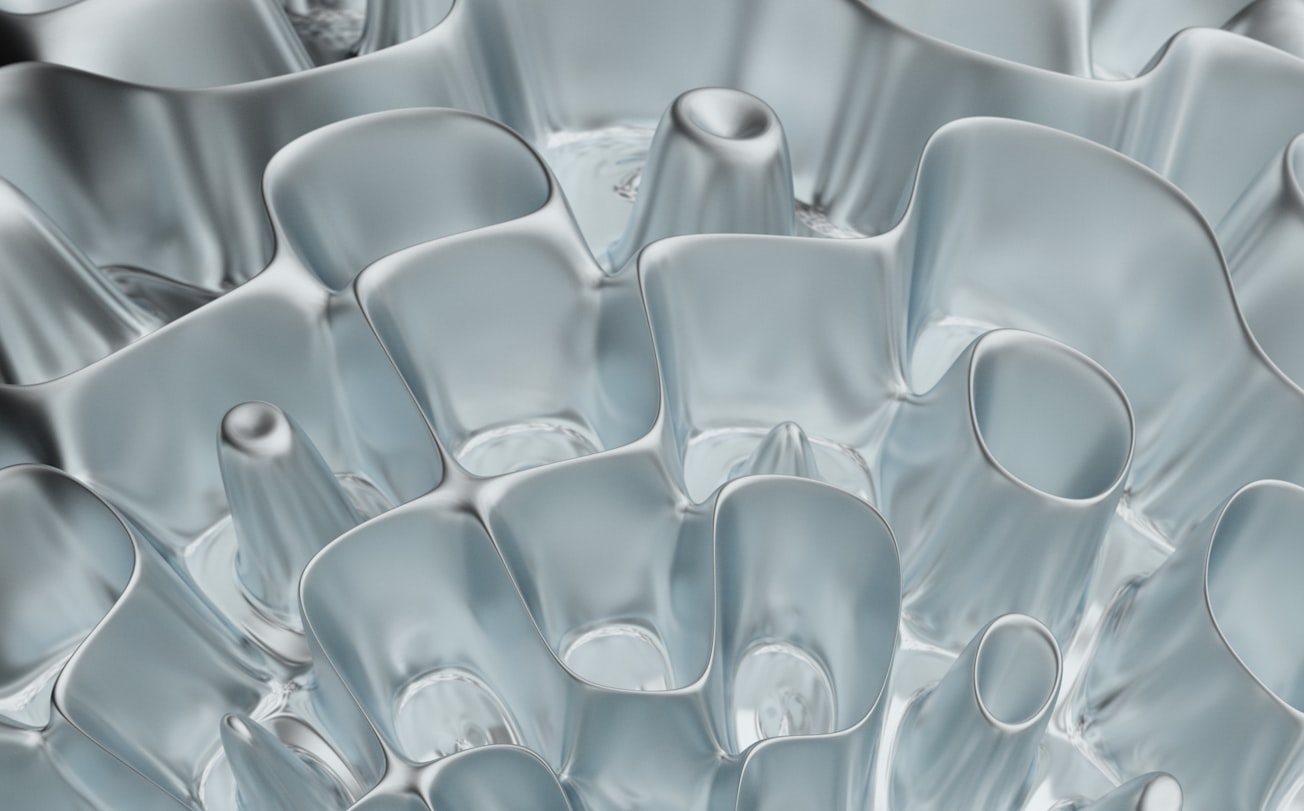What is it about?
The effects of energy absorption and energy-density distribution on melt-pool flow behaviour during laser-based manufacturing are described in the present work. An enhanced and physically realistic laser absorption model is utilised that eliminates the need to calibrate the value of absorptivity in numerical simulations of laser welding and additive manufacturing. The difference between melt-pool shapes obtained using different laser sources are also described.
Featured Image

Photo by Rick Rothenberg on Unsplash
Why is it important?
The effects of energy absorption and energy-density distribution on melt-pool flow behaviour during laser-based manufacturing are described in the present work. An enhanced and physically realistic laser absorption model is utilised that eliminates the need to calibrate the value of absorptivity in numerical simulations of laser welding and additive manufacturing. The difference between melt-pool shapes obtained using different laser sources are also described. The results and discussions provided in the present work guide the modelling efforts to improve simulations of fusion-based welding and additive manufacturing.
Read the Original
This page is a summary of: The influence of laser characteristics on internal flow behaviour in laser melting of metallic substrates, Materials & Design, January 2022, Elsevier,
DOI: 10.1016/j.matdes.2022.110385.
You can read the full text:
Contributors
The following have contributed to this page







